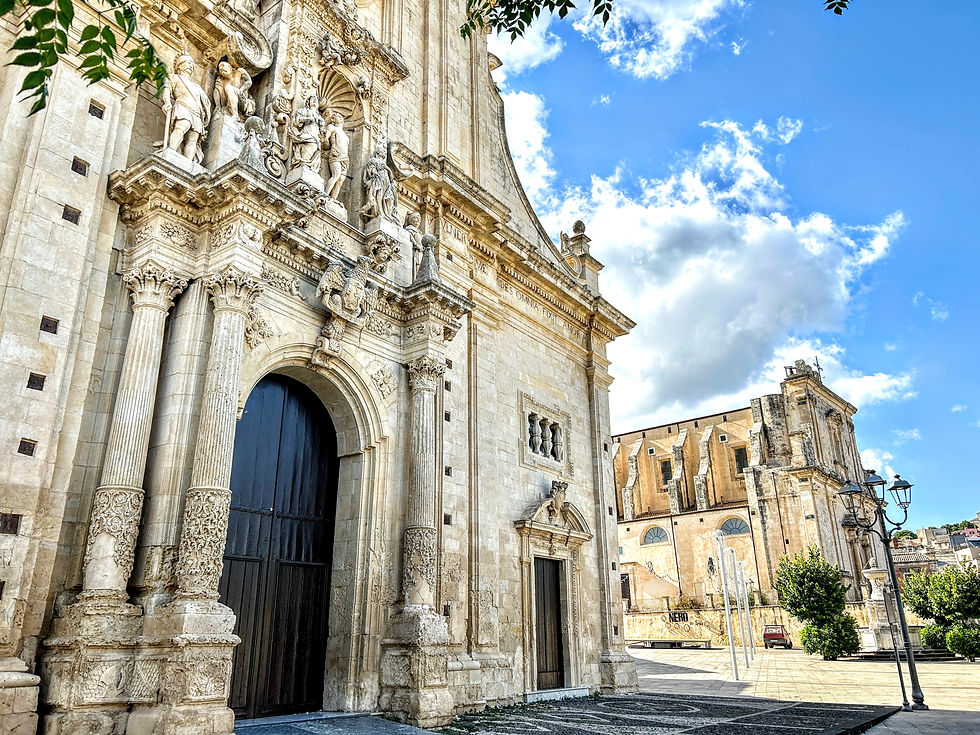Francesco Petrarca, to escape the plague epidemic that struck Milan, spent first in Padua and then here the last years of his life. Legend has it that the great poet breathed his last while he was still working on his last literary work... #tuttitaly
Arquà Petrarca, one of the most beautiful villages in Italy, was built in the Veneto region in ancient times.
Initially, the town was called Arquà, but with the annexation of the Veneto to the Kingdom of Italy in 1868, the name Petrarch was added to pay homage to the great poet who spent the last years of his life here.
In 1364 Francesco Petrarca visited Arquà for the first time. The poet had health problems, so his friend Francesco il Vecchio da Carrara, lord of Padua, gave him land with a thirteenth-century house in Arquà. The building was renovated and adapted to the poet's needs, who personally followed the work.
So he moved there in 1370 and dedicated the last four years of his life to his art here.
After Petrarch's death, various owners succeeded one another and made some changes over the years, the most critical dating back to the mid-sixteenth century. The last owner, Cardinal Pietro Silvestri, donated the house to the Municipality of Padua in 1875 because it would no longer be used for residential purposes. The building was then transformed into a museum.


























Comments